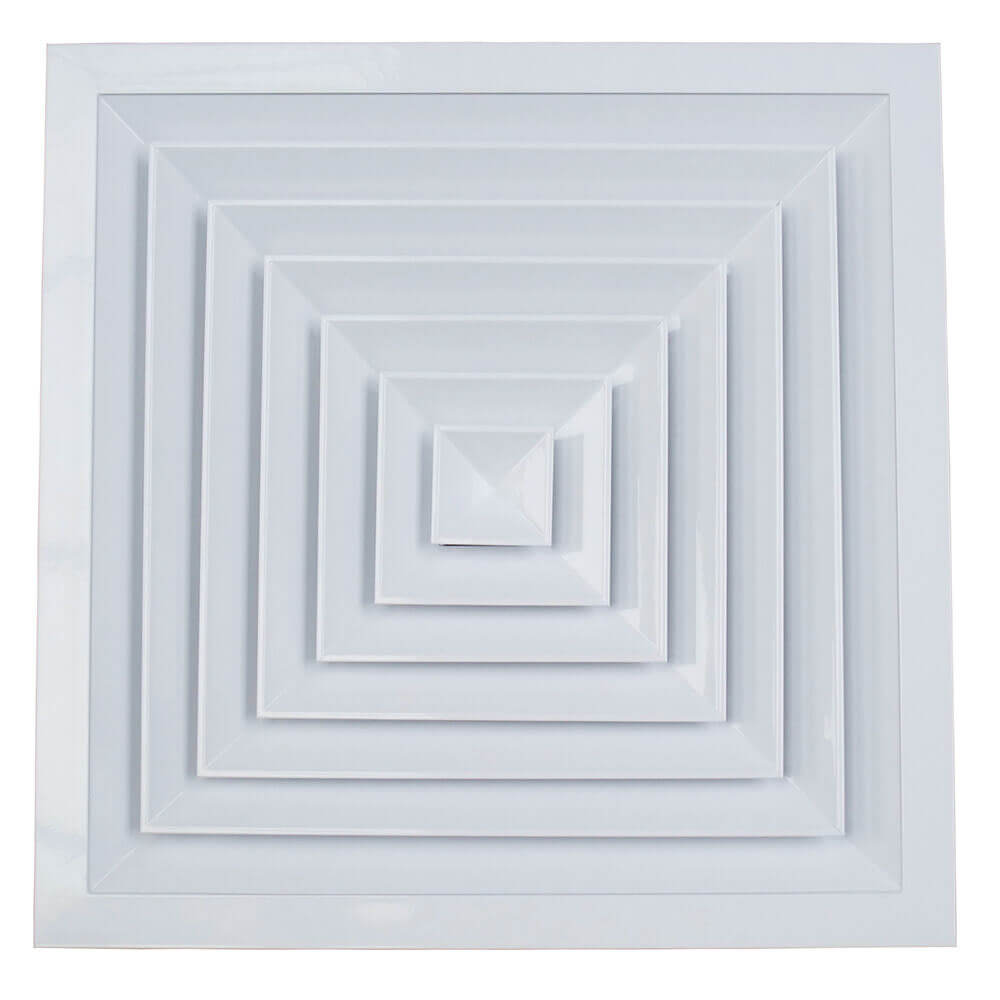You can share

This happens whenever air enters the air supply diffuser and then exits the HVAC.
The function of the supply air diffuser is to allow air to flow into the room from the outside.
Return air diffusers allow air to flow from the building to the outside.
Supply air diffusers allow air to flow out of the ventilation system, while return air diffusers allow air to flow into the ventilation system.
The size of the return air diffuser is usually larger than that of the supply air diffuser.
In HVAC, the number of supply air ventilation is usually greater than the number of return air diffusers.
The supply air diffuser is connected to the supply air duct, and the return air diffuser is connected to the return air duct.
You can install a supply air diffuser in any of the following locations
● within the piping system
Linear air diffusers allow air to flow directly into the room.
Supply air diffusers allow airflow into the room at a given angle.
Linear air diffusers are usually semi-recessed, while supply air diffusers are not concealed in any way.
The function of linear and supply air diffusers is to ventilate a room by allowing air to flow.
The design of your HVAC system will determine the distance between the supply air diffuser and the return air diffuser.
As a general rule, neither the return air diffuser nor the supply air diffuser system should be too close together.
Acceptable CFM airflow from a supply air diffuser depends on the range and noise of the supply air diffuser.
However, the range of CFM is between 2.0 and 3.5 m/s. Other factors that determine CFM include the type of supply air diffuser you use.
● Installation location
A general formula for sizing a supply air diffuser is to divide the CFM by the airflow in the room.
An air diffuser is a device that uses profiled blades to supply air at different angles in a room.
Air grilles allow air to flow vertically into the room without any deflection.
Types of air diffusers include louvered vanes, straight vanes, and linear slots.
Types of air grills include egg grates and conveyors.
A damper is usually installed on an air grill without an air diffuser.
Factors that determine maximum air speed:
The noise level of the air diffuser
Design and Type of Supply Air Diffusers and Throws
In most cases, the speed can be in the range of 2.0 to 3.5m/s.
● terminal speed
The throw is a measure of air circulation in a room from an HVAC diffuser.
It is usually measured in the direction of airflow from the HVAC unit.
The unit of measurement is feet.